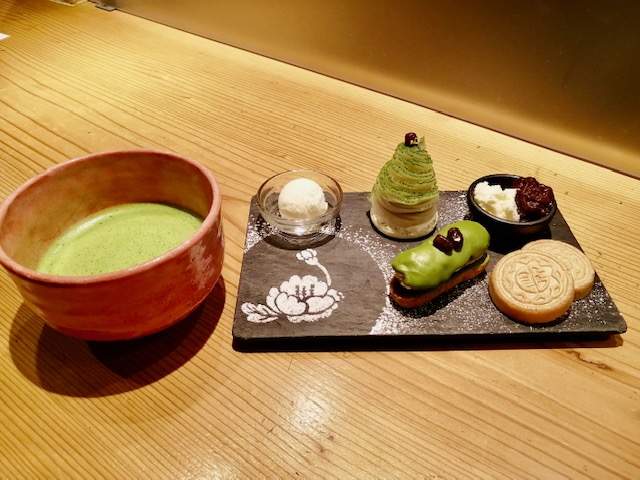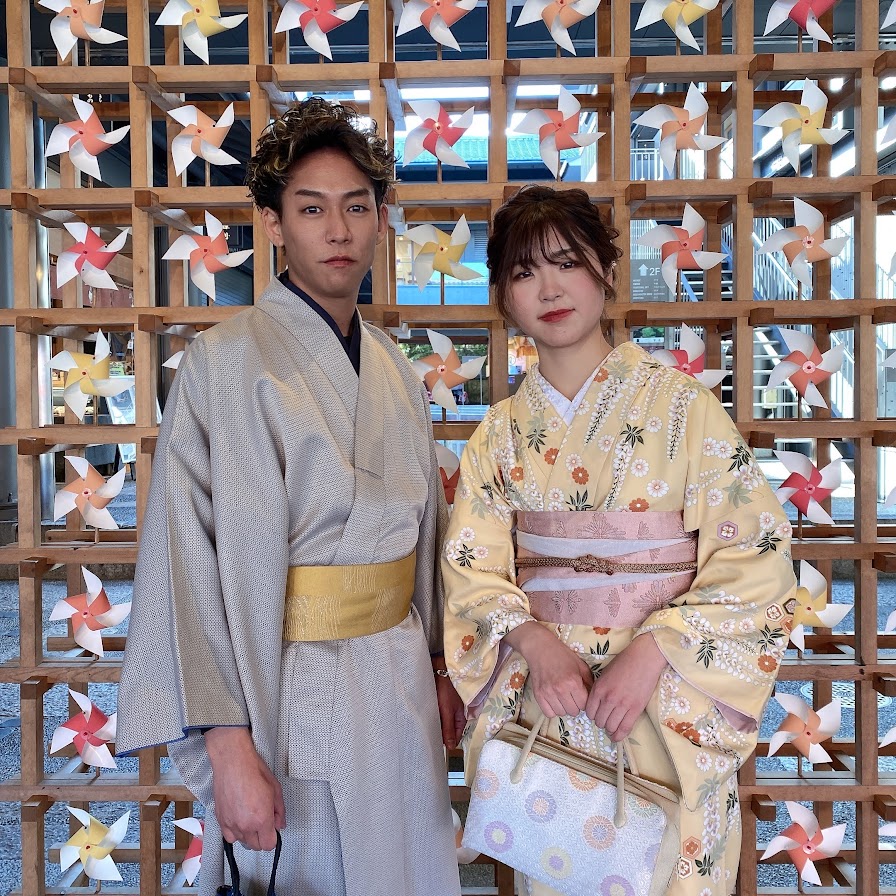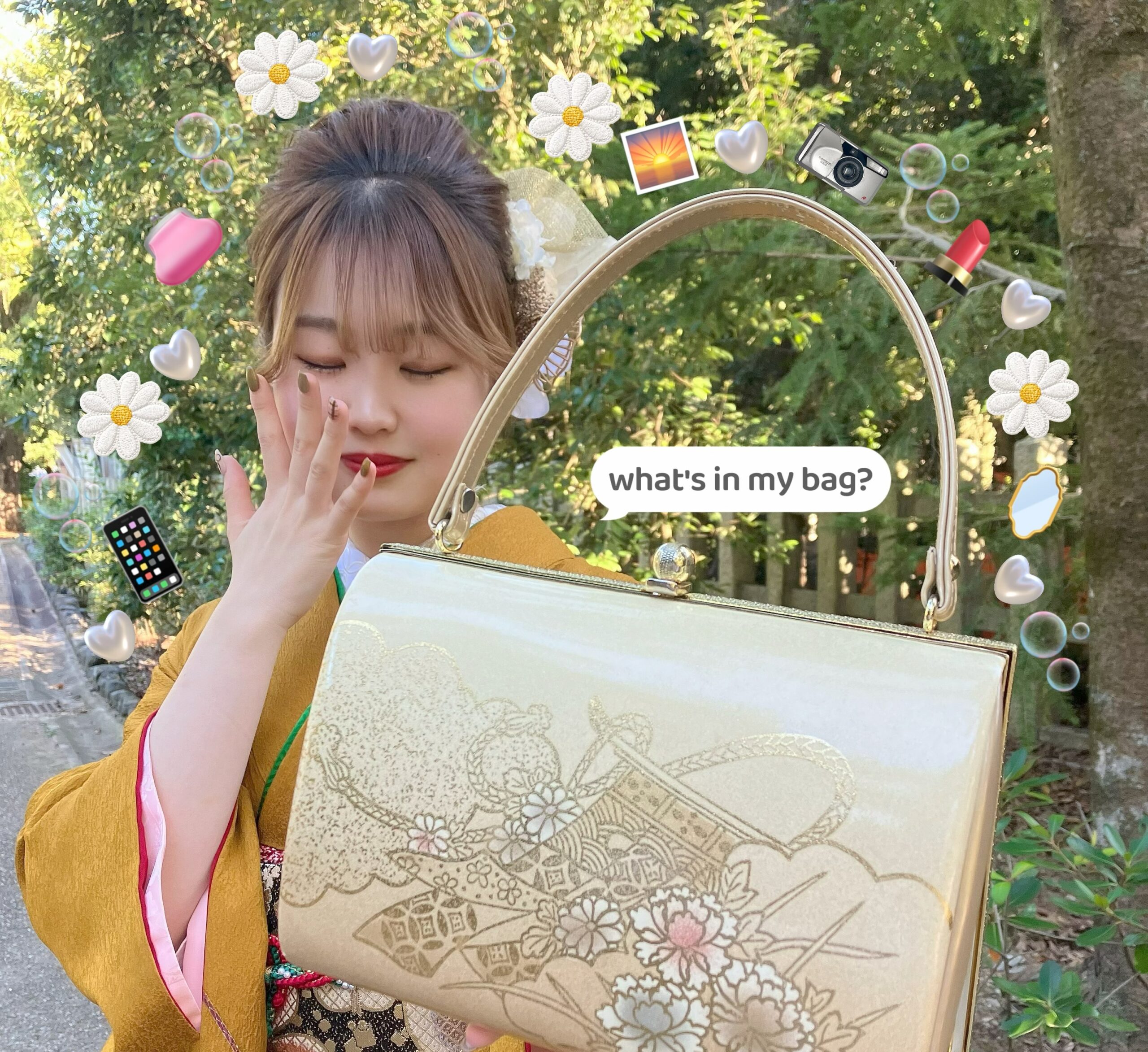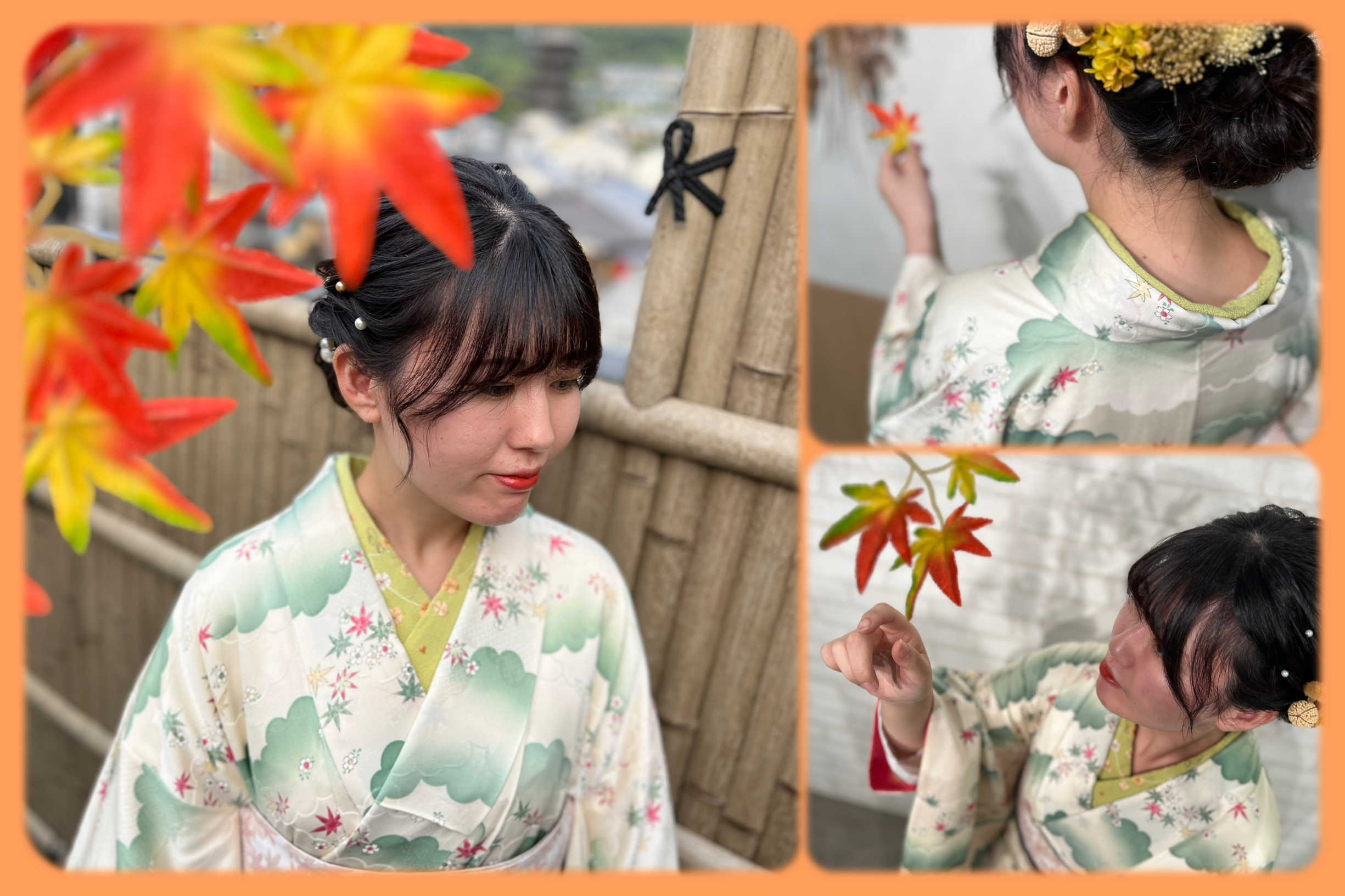
special fearure・column
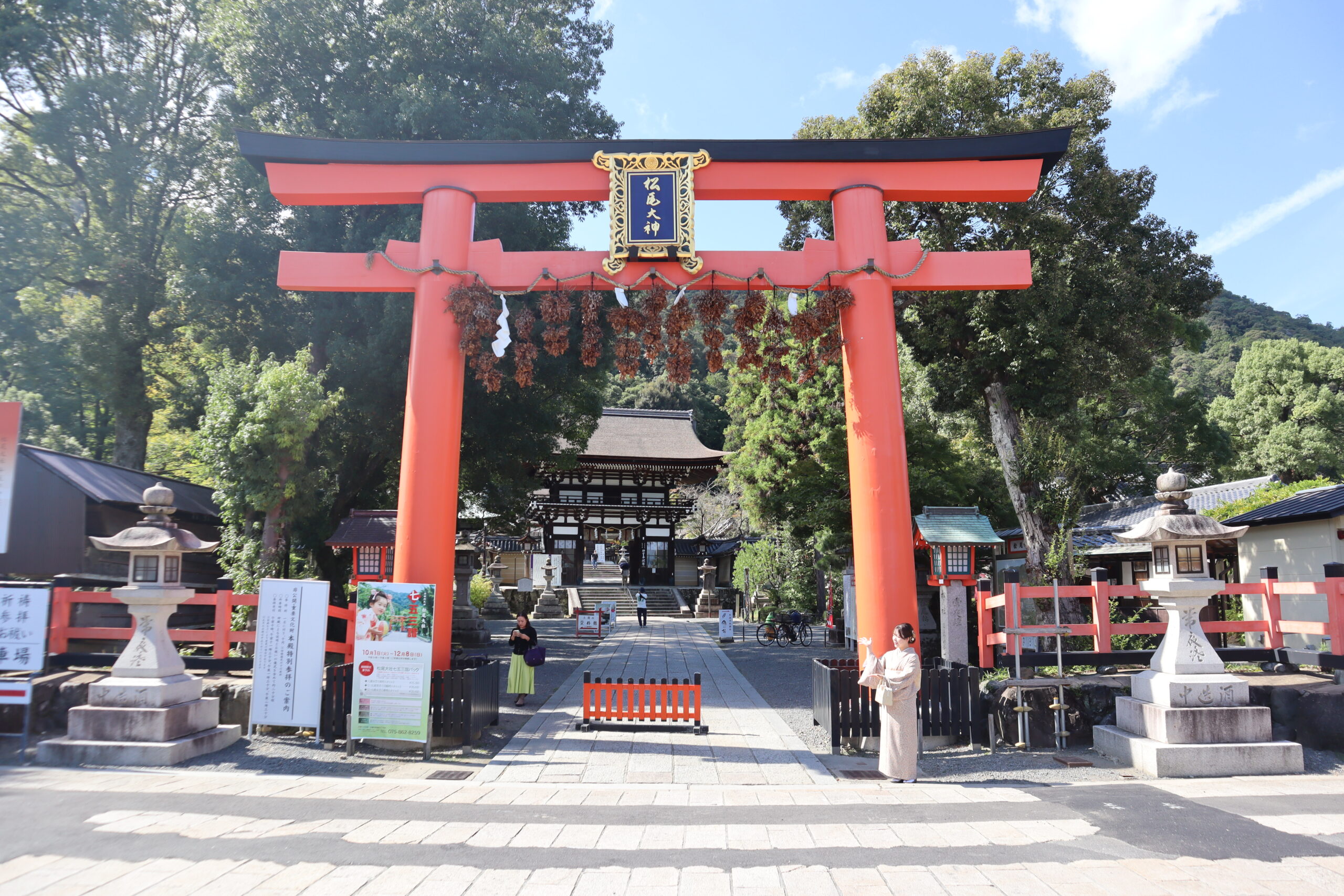
Special Feature: Shrines and Temples Around Arashiyama
- Arashiyama
- Must-Visit Grand Temples
- Tenryu-ji Temple
- Daikaku-ji Temple
- Seiryo-ji Temple
- Popular Temple
- Myotokuzan Kegon-ji (Suzumushi-dera, “The Cricket Temple”)
- Temples Famous for Autumn Leaves, Fresh Green, and Cherry Blossoms
-
-
-
-
- Shrines and Temples with Literary Connections
-
-
-
-
-
- Shrine of the Performing Arts
- Kuruma-ori Shrine
- Obon Ancestor Memorial
- Adashino Nenbutsu-ji
- Temple for Warding Off Evil
- Atago Nenbutsu-ji
- Temple for the Thirteen-Year-Old Ceremony
- Hōrin-ji
- Shrine for Shichi-Go-San and Weddings
-
Arashiyama
Located in western Kyoto, Arashiyama is the area that spreads at the foot of two low mountains: Mt. Arashiyama, which rises along the Katsura River, and Mt. Ogurayama with its gentle ridgeline.
The scenery created by the iconic Togetsukyo Bridge of Arashiyama and its picturesque nature attracts countless visitors.
The charm of Arashiyama is not limited to cherry blossoms, autumn foliage, or bamboo groves.
Historic temples and shrines, Buddhist statues, and other cultural properties give visitors a sense of the ancient times.
It is also a place that invites you into the world of historical tales and literature dating back to the Heian period.
Must-Visit Grand Temples
Tenryu-ji Temple
Registered as a UNESCO World Heritage Site under “Historic Monuments of Ancient Kyoto.”
It stands right across from Keifuku Arashiyama Station, facing the main street.
From the straight approach, you can see Mt. Arashiyama, and as you go further, maple tree rows await—offering fresh green in spring and brilliant colors in autumn.

① Sogenchi Garden
Created by the first abbot, Muso Kokushi, to convey Zen teachings.
Borrowing the scenery of Mt. Kameyama, the garden reflects the fresh greenery of spring in its pond, and in autumn, crimson leaves drift on the water’s surface, evoking the elegance of Heian-period Yamato-e paintings.
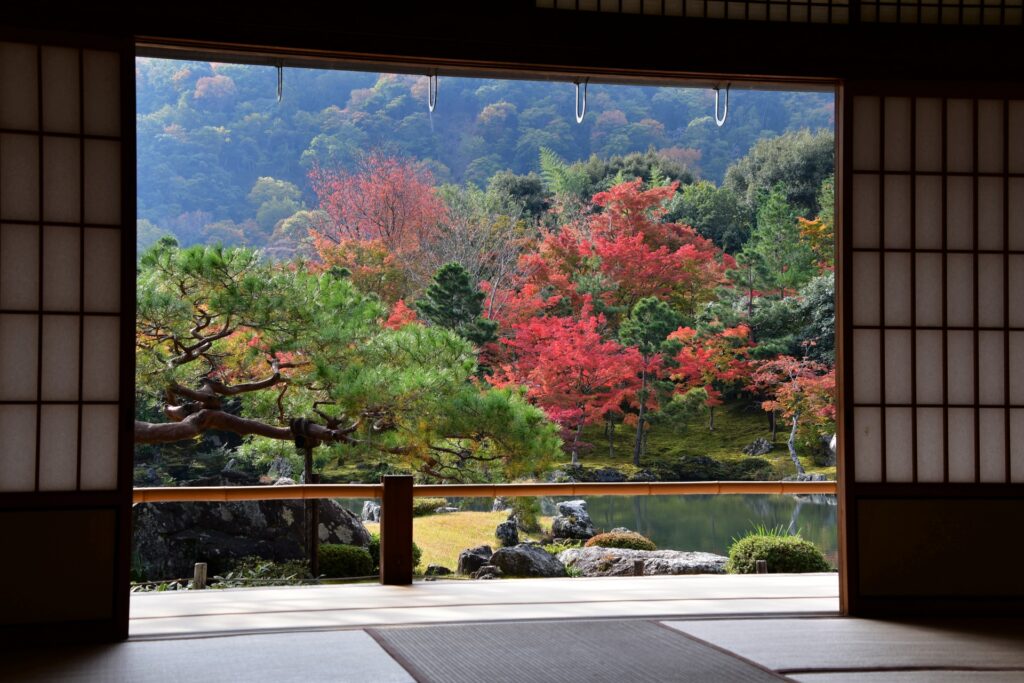
② Hōjō Framed-View Composition
A popular photo spot where the scenery is framed like a painting.
Through the windows at the back of the Hōjō (main hall), the shoji frames cut out the outside view—creating a “framed view composition” that looks like a picture.
Tenryu-ji was founded by Ashikaga Takauji to console the spirit of the late Emperor Go-Daigo, who had opposed him, inspired by Muso Kokushi’s words of “equal view of enemies and allies.”
A statue of Emperor Go-Daigo is enshrined in the Tahōden Hall.
Daikaku-ji Temple
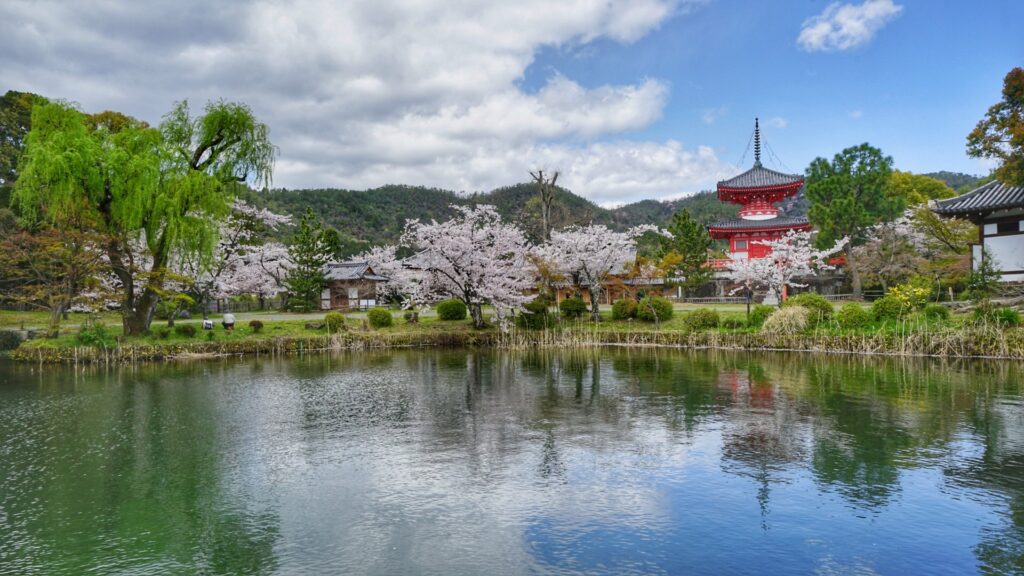
Originally built as the detached palace Saga-in by Emperor Saga in the early Heian period, later converted into a temple of high prestige.
Its history began when Kobo Daishi (Kukai), through his friendship with Emperor Saga, built a hall enshrining the Five Great Wisdom Kings.
The area came to be loved by the imperial family and aristocrats, earning the name “Sagano.” It is about 20 minutes from JR Saga-Arashiyama Station.
Highlights include the statues of the Five Great Wisdom Kings, sliding door paintings of crimson peonies, and the red-and-white plum garden.
From the “Corridor of Sheltering Rain” connecting three halls, you can walk to the Moon-Viewing Platform, which overlooks the vast Osawa Pond—the oldest man-made pond in Japan, modeled after China’s Dongting Lake.
In spring, cherry blossoms; in autumn, the moon; and in winter, snow—this famous pond offers beauty in all seasons.
The annual “Moon-Viewing Evening” is especially renowned.
The embankments around the pond block out unwanted scenery, making it a filming location for historical dramas.
It is also a temple rich in history, culture, and nature—known as the birthplace of ikebana (Japanese flower arrangement) when Emperor Saga arranged wild chrysanthemums, as well as a place where Heian nobles floated boats, viewed the moon, and composed poetry.
Seiryo-ji Temple
From Togetsukyo Bridge, head straight north, passing Tenryu-ji on your left and crossing the JR Sagano Line, and you will arrive at Seiryo-ji’s Nio-mon Gate.
Once the villa of Emperor Saga’s 12th son, Minamoto no Tōru, it stands in the very heart of Sagano. Its imposing gate is often called “the face of Sagano.”
Minamoto no Tōru is believed to be the model for Hikaru Genji in The Tale of Genji, and the temple’s National Treasure statue of Amida Nyorai is said to bear his likeness.
The temple grounds include a Kyogen Stage where the Sagano Dainenbutsu Kyogen is performed in spring and autumn.
The garden in front of the Hōjō is a flat dry landscape garden, attributed to Kobori Enshu.
Around Benten-do Hall is a pond-style garden, and the autumn colors of Kawanakajima are particularly beautiful.
Popular Temple
Myotokuzan Kegon-ji (Suzumushi-dera, “The Cricket Temple”)
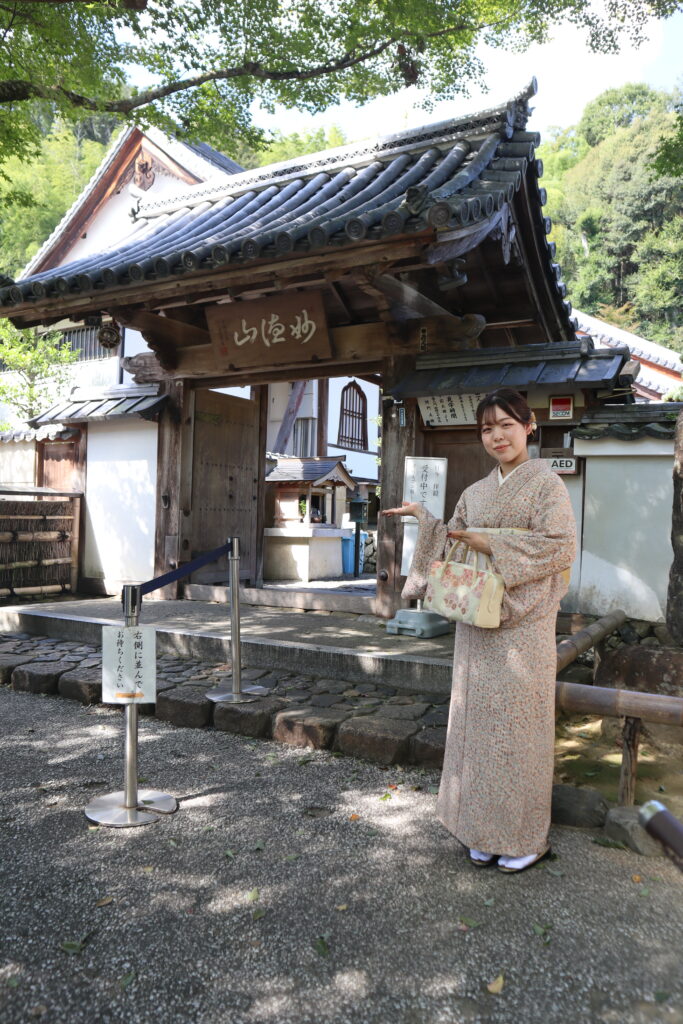
Founded in 1723 (mid-Edo period) by Zen master Hotan Shonin to revive the Kegon sect, though it now belongs to the Rinzai sect.
Alongside the principal deity Dainichi Nyorai, Jizo Bodhisattva is also enshrined. Many visitors come from across Japan to pray for academic success, good fortune, and good relationships.
This temple is widely known as “Suzumushi-dera,” the “Cricket Temple,” because you can hear the chirping of crickets not only in autumn but throughout the year.
Dharma talks are given in the temple grounds about 10 times daily, so you can usually listen without long waits.
The talks are engaging and explain Buddhist teachings in ways that resonate even with modern audiences—you may find the time flies by.
Admission (including the Dharma talk and tea sweets) is 500 yen for adults, 300 yen for children—quite appealing for such an experience.
Another unique feature is the “Kofuku Jizo” (Happiness Jizo).
This Jizo statue wears straw sandals and is famous as the Jizo who “grants one wish.”
The temple’s talismans bear the image of this Jizo, and it is said he will walk to grant your wish—so why not wait patiently after your visit for your wish to come true?
Since it is a little away from the main sightseeing streets, a taxi or bus is the smoothest way to get there.
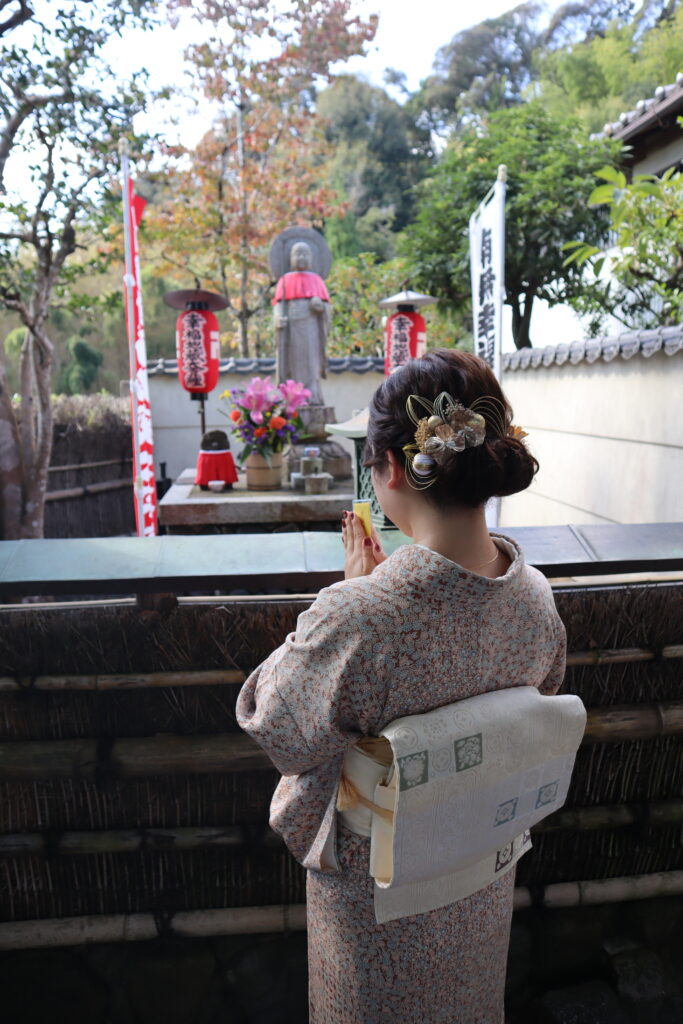
Temples Famous for Autumn Leaves, Fresh Green, and Cherry Blossoms
Hōgon-in – Sub-temple of Tenryu-ji, known for its Lion’s Roar Garden.
Hōkyō-in – A hidden gem for autumn foliage.
Nison-in – The approach is famously called “The Horse Grounds of Autumn Leaves.”
Saga Benten-do – Said to have the most vivid autumn colors in Kyoto.
Shrines and Temples with Literary Connections

Nonomiya Shrine – The Tale of Genji, The Makioka Sisters
Jojakko-ji – Ogura Hyakunin Isshu (One Hundred Poets anthology)
Rakushisha – Haiku
Gio-ji – The Tale of the Heike
Takiguchi-dera – The Tale of the Heike
Shrine of the Performing Arts
Kuruma-ori Shrine
Obon Ancestor Memorial
Adashino Nenbutsu-ji
Temple for Warding Off Evil
Atago Nenbutsu-ji
Temple for the Thirteen-Year-Old Ceremony
Hōrin-ji
Shrine for Shichi-Go-San and Weddings
Matsuo Taisha

Dedicated to Ōyamagui-no-kami and Nakatsushima-hime-no-mikoto (another name for Ichikishima-hime-no-mikoto).
This shrine uniquely blends worship by the Hata clan with its role as a deity of sake brewing.
Behind the main hall is a spring called “Kame-no-I” (Turtle Well) that flows from Mt. Matsuo.
Legend says that mixing this water with sake prevents spoilage, and brewers still take the water home today.
Faith in this spring is the origin of Matsuo Shrine’s status as the deity of sake.
Matsuo Shrine’s divine messengers are carp and turtles.
According to shrine documents, the deity rode carp in rapids and turtles in calmer waters while pioneering the Tanba region—hence these animals became sacred.
Many of its annual festivals relate to sake. Brewing begins on the “Day of the Hare” and ends on the “Day of the Rooster.”
On the “Upper Hare Day” in November, the “Kami-no-Usagi Festival” prays for safe brewing, while on the “Middle Rooster Day” in April, the “Middle Rooster Festival” gives thanks for completion.
On these occasions, brewers from all over Japan visit to pray before beginning their brewing season.
Matsuo Taisha is also known as the guardian shrine of the local area near Arashiyama.
Being a large shrine, it even has a teahouse where you can enjoy dumplings. Just one stop from Hankyu Arashiyama Station!
If you are lucky, you may even see a wedding ceremony taking place.

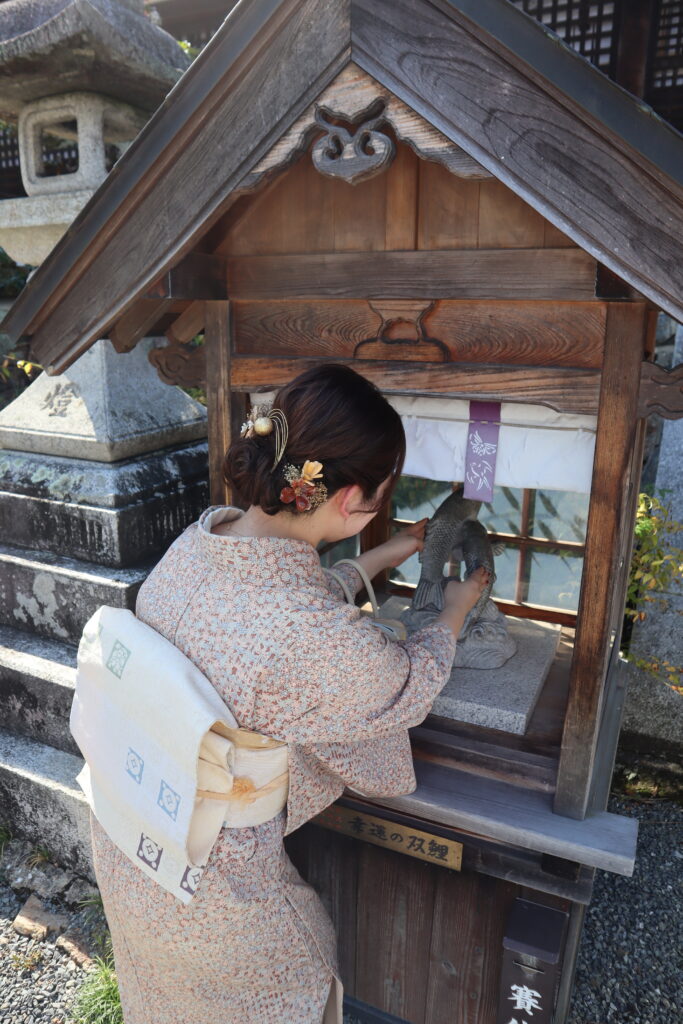
At festive occasions such as Shichi-Go-San, the Thirteen-Year-Old ceremony, or weddings, we also offer a wide selection of kimono suitable for these special days.
To make unforgettable Kyoto memories, why not rent a kimono (or yukata in summer) from Rental Kimono Okamoto, and enjoy a stroll around Arashiyama?
Author of this Article
Rental Kimono Okamoto – Arashiyama Store
48-4 Sagatenryuji Kitatsukurimichi-cho, Ukyo-ku, Kyoto 616-8374
TEL: 075-950-0805
Website: www.okamoto-kimono.com
Instagram: @rentalkimonookamoto
TikTok: @rentalkimono_okamoto
Facebook: Rental Kimono Okamoto
X (formerly Twitter): @okamotokimono
Lit.link: lit.link/rentalkimonookamoto
Arashiyama Shop
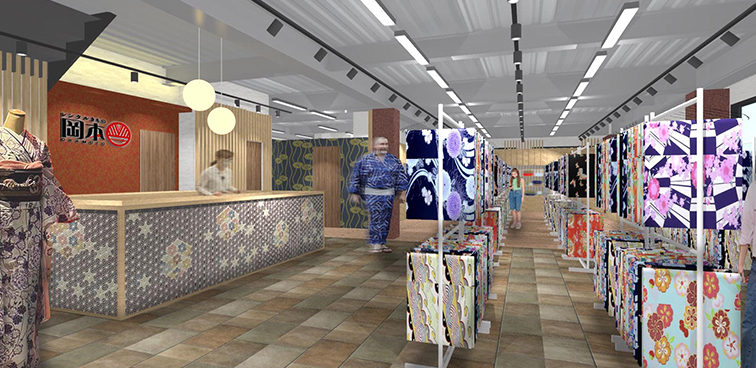
48-4 Saga Tenryuji Kitatsukurimichicho, Ukyo-ku, Kyoto 616-8374, Japan
Phone: +81-75-950-0805 / Fax: +81-75-950-0806 / E-mail: arashiyama@okamoto-kimono.com
Nearest Station: Arashiyama (Randen Line) / JR Saga-Arashiyama Station
Rental Kimono Okamoto - Fushimi Inari shop
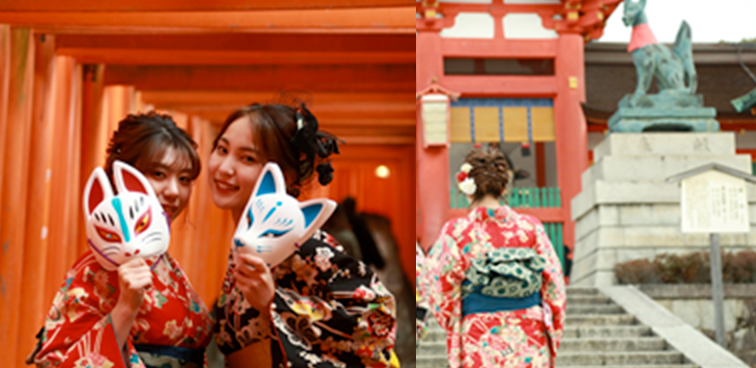
45-1, Fukakusa Inarinakanocho, Kyoto Shi Fushimi Ku, Kyoto Fu, 612-0807, Japan
Tel. +81-75-634-8900 / FAX +81-75-634-8901 / E-mail E-mail fushimiinari@okamoto-kimono.com
Nearest Station: JR Inari Station / Keihan Fushimi Inari Station
Rental Kimono Okamoto Gion Shop
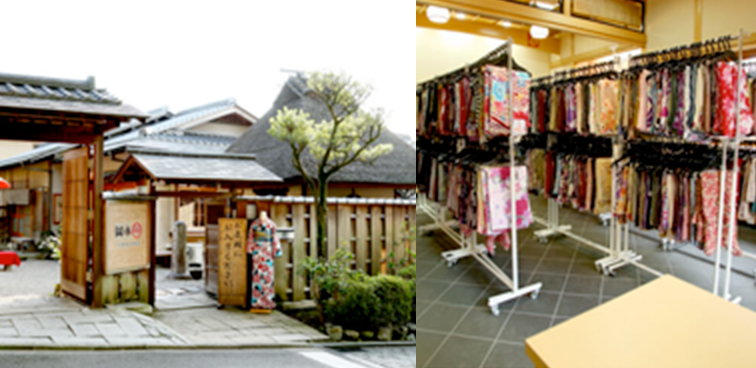
523 Washiocho, Higashiyama-ku, Kyoto 605-0072
Tel. +81-75-531-7890 / FAX +81-75-531-8383 / E-mail gion@okamoto-kimono.com
Nearest stop: City Bus Gion Stop
Rental Kimono Okamoto Kiyomizu Higashiyama Shop
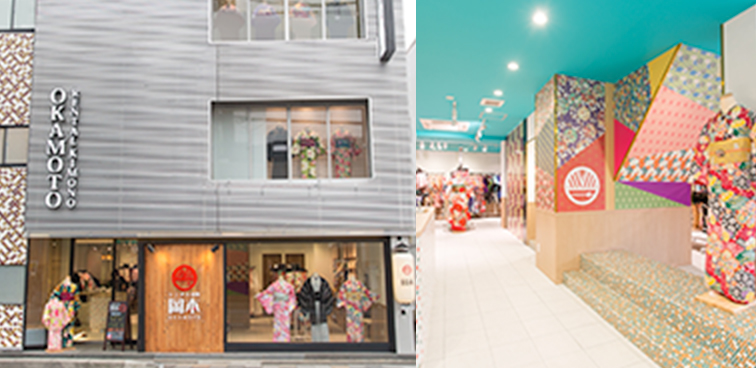
110-9 Tatsumicho, Higashiyama-ku, Kyoto 605-0855
Tel. +81-75-533-8900 / FAX +81-75-533-8910 / E-mail kiyomizuhigasiyama@okamoto-kimono.com
Nearest stop: City Bus Kiyomizumichi stop
Rental Kimono Okamoto Kiyomizu Shop
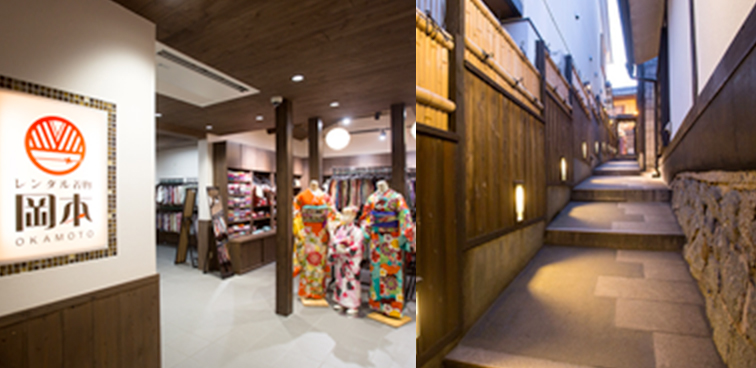
2-237-1-1 Kiyomizu, Higashiyama-ku, Kyoto 605-0862
Tel. +81-75-525-7115 / FAX +81-75-533-8960 / E-mail kiyomizuzaka@okamoto-kimono.com
Nearest stop: City Bus Kiyomizumichi stop
Rental Kimono Okamoto Main Shop
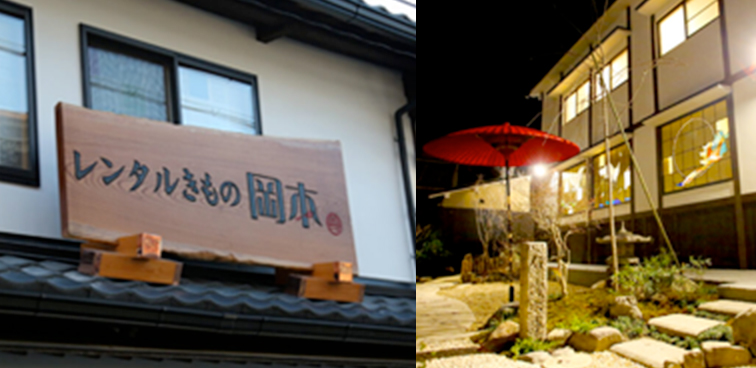
6-546-8 Gojohashihigashi, Kyoto Higashiyama-ku, Kyoto 605-0846
Tel. +81-75-532-1320 /Fax +81-75-532-1480 / E-mail honten@okamoto-kimono.com
Nearest stop: City Bus Gojozaka Stop
Rental Kimono Okamoto Yasaka Jinja Shop
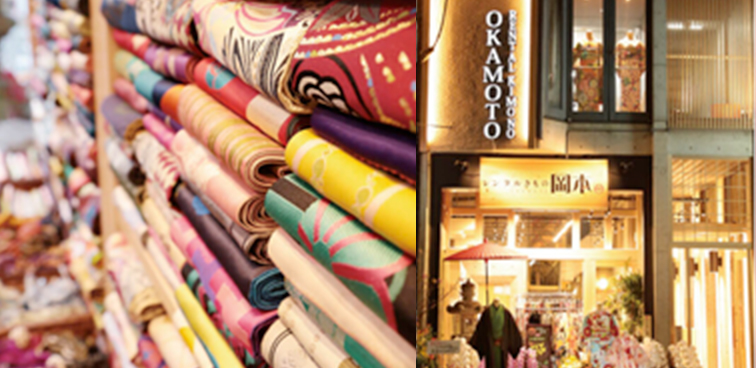
301-1 Gioncho, Higashiyama-ku, Kyoto 605-0073
Tel. +81-75-532-0510 / FAX +81-75-532-0511 / E-mail yasakajinja@okamoto-kimono.com
Nearest stop: City Bus Gion Stop
You can read a feature story about our store, Kyoto and kimono.
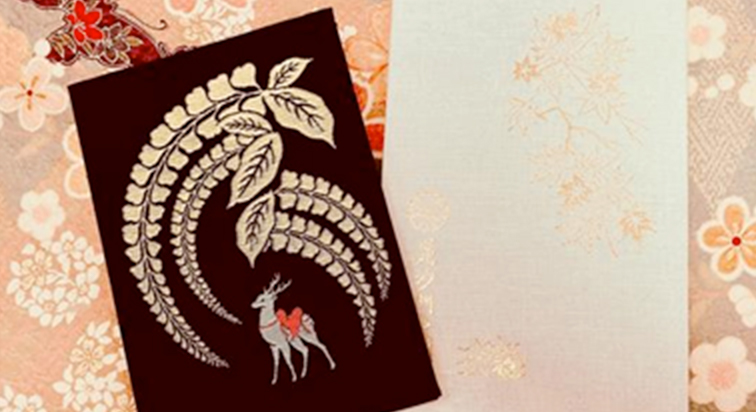
We are introducing various information on proper way of choosing kimono and others to match. Also you can access to our articles about regional, sightseeing information of Kyoto you can refert to before travelling to Kyoto.
You can read articles about various information on Kyoto.
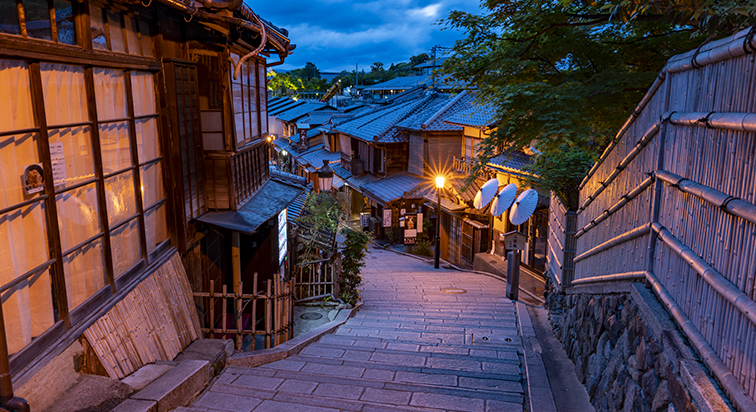
Our kyoto resident staffs post articles about history, sightseeing, regional information of Kyoto. You may enjoy sightseeing even more by deepening your knowledge through this article.
More articles introducing the area around the shop are available here.
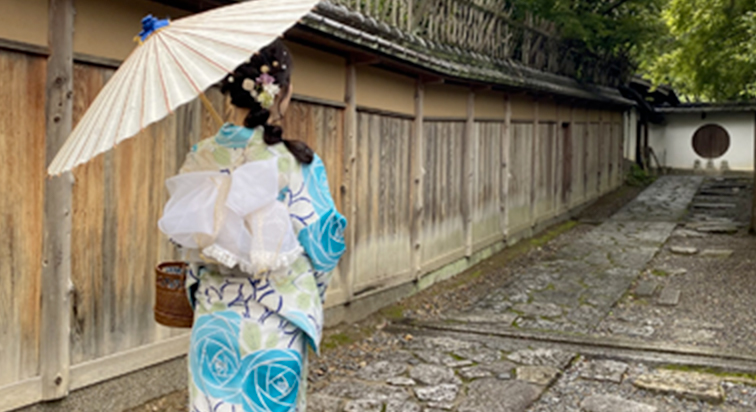
Please refer to our articles about famous tourist spots, hidden spots, and the latest information on stores in Kyoto. It is updated by our staffs who are familiar with the area.
















